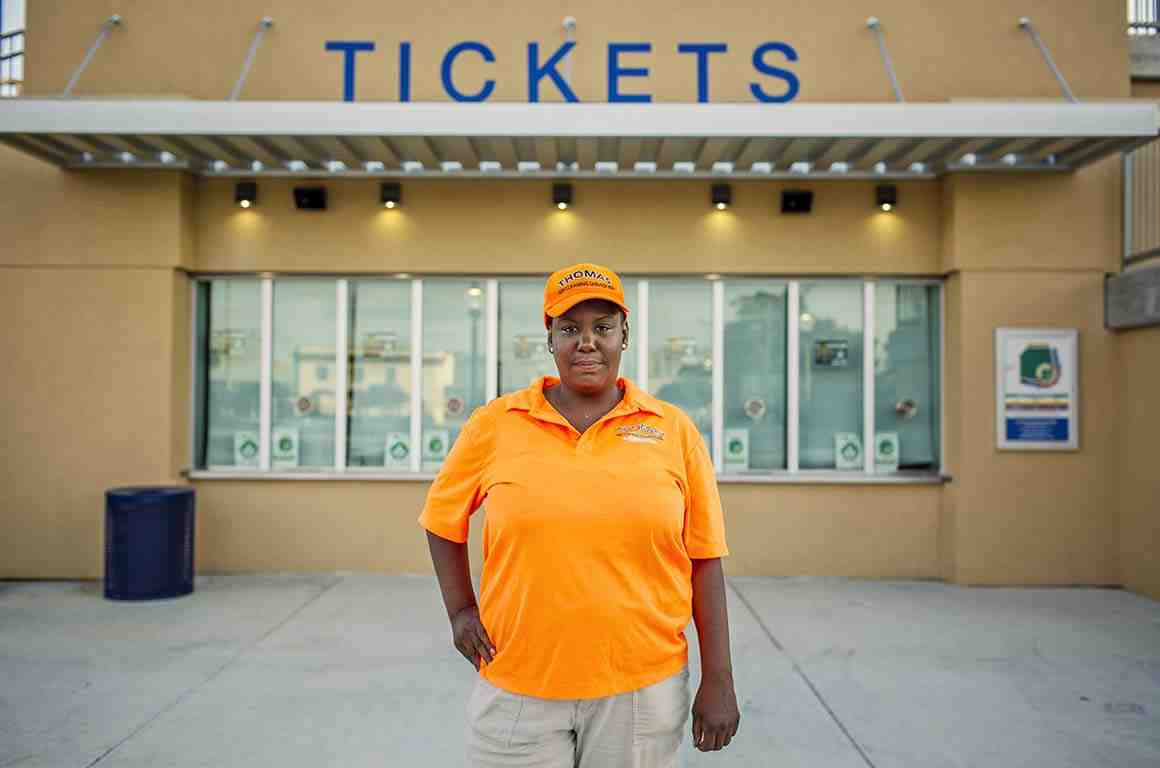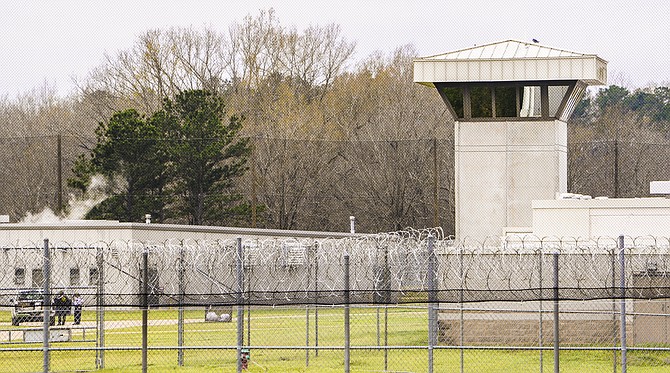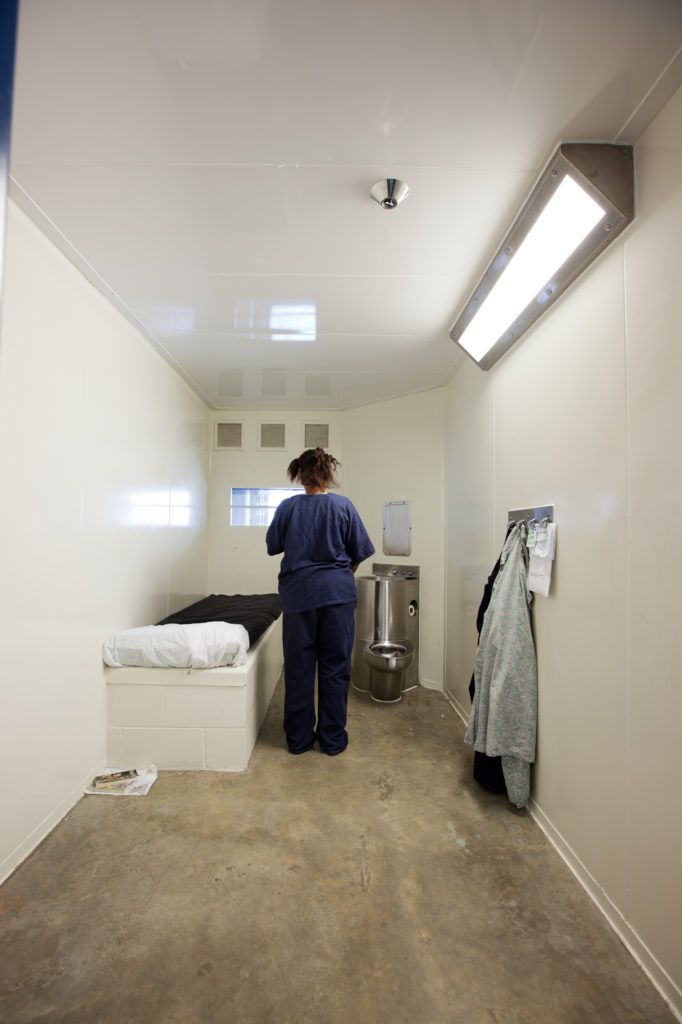
Nicole Rathmann
On August 23, 2018, 23-year-old Nicole Rathmann died. Nichole Rathmann had served six years in Mississippi prison on a drug conviction. She was supposed to be released last week, and in a sense, a horrible sense, she was. Prison officials say Nichole Rathmann died of an aneurysm, but a doctor at the hospital where Nicole Rathmann died says the aneurysm resulted from regular ingestion of meth while a “guest” of the Central Mississippi Correctional Facility in Pearl. Nicole Rathmann’s father says, “I know my daughter was no angel, but she was the responsibility of the state. She was an addict. They didn’t help her.” Unfortunately, Nicole Rathmann received precisely the kind of “help” prisons routinely offer prisoners needing help, and in particular women prisoners. What happened to Nicole Rathmann? Absolutely nothing out of the ordinary. In fact, the prison itself concurs with this conclusion.
In August 2018, 15 prisoners died in Mississippi prisons. They ranged in age from 24 to 75. According to the Mississippi Department of Corrections, “most of the reported deaths during the month of August are from illnesses or natural causes, such as cancer and heart disease, based on available information.” Nevertheless, the Department is asking the FBI to investigate the causes … of these “natural causes.”
When asked if there was any cause for concern at this seeming spike in deaths, Mississippi responded that 15 is not a spike. Earlier in the week, when the number was reported at 12, Mississippi’s prison commissioner responded that 12 “is not out of line with the number of deaths in previous months.” While orange may be the new black, in Mississippi’s prisons, mourning black is the new normal.
When asked for supportive data, none was provided. What we do know is that Mississippi has one of the highest rates of incarceration in the country, and this despite periodic attempts to reduce the prison population. We know that, for the past twenty years, in any given year, the rate of mortality in Mississippi prisons is among the highest. We know that, although the number of women incarcerated has been reduced, the conditions in the Central Mississippi Correctional Facility, Mississippi’s only women’s prison, remain toxic. We know Nicole Rathmann is dead, and that’s how the State took responsibility for her.
Families grieve their loved ones; families, friends, supporters, prison reform and abolition advocates, and strangers make demands. Prison continues to be a factory where death does have dominion, even over data. The State measures its responsibility to prisoners in the number of caskets it rolls out. What happened to Nicole Rathmann? Absolutely nothing out of the ordinary.
(Photo Credit: NBC News / Rathmann family)





